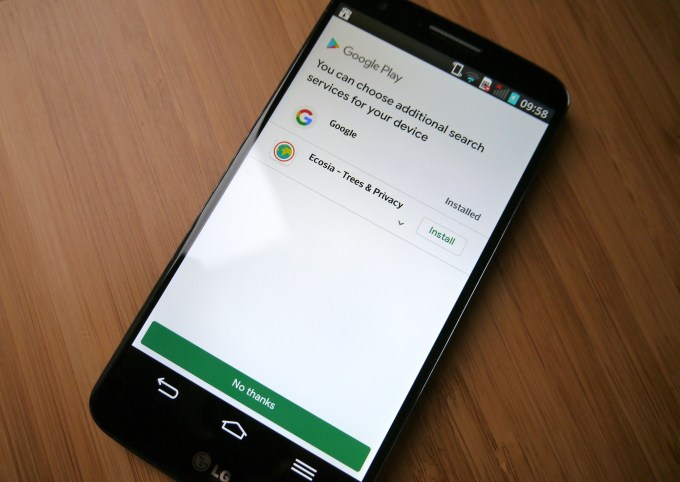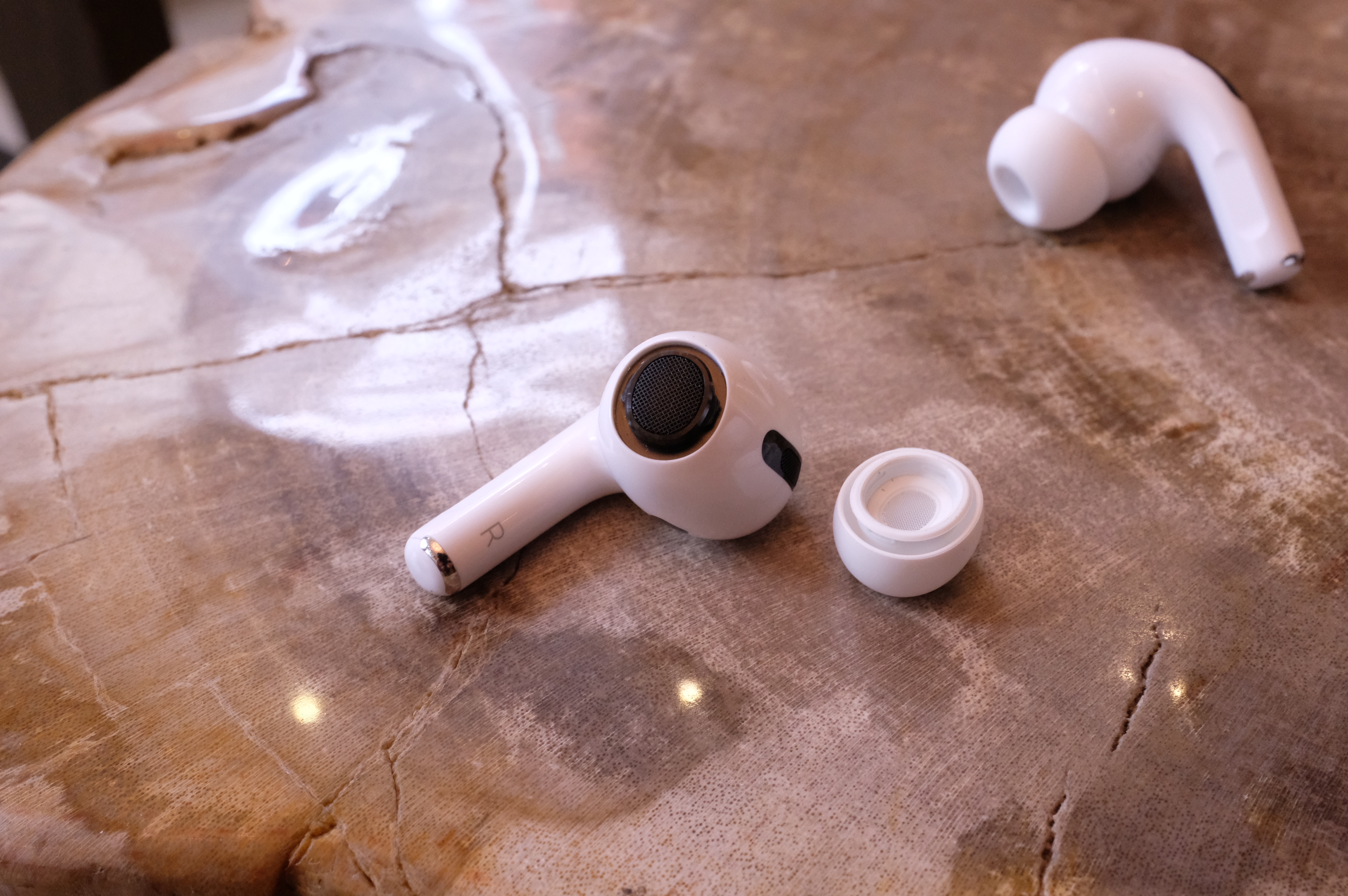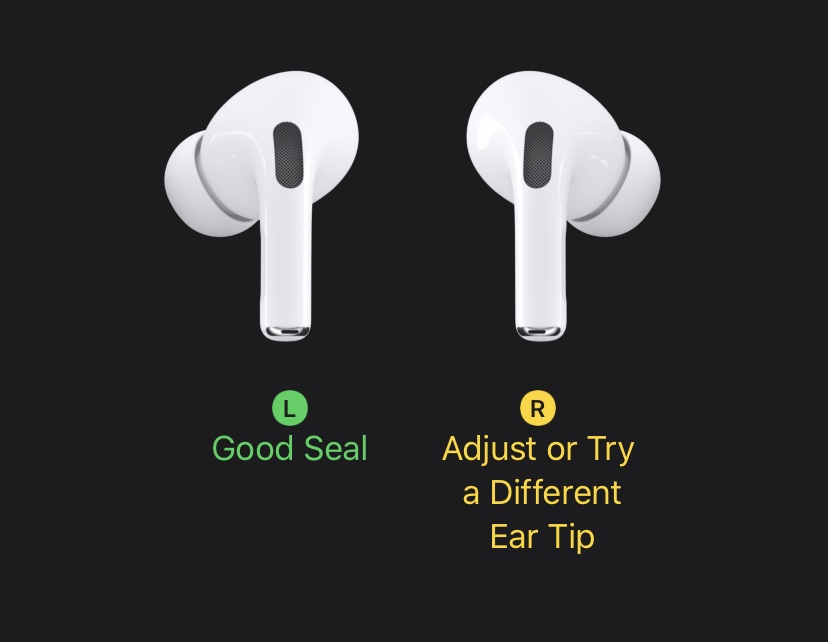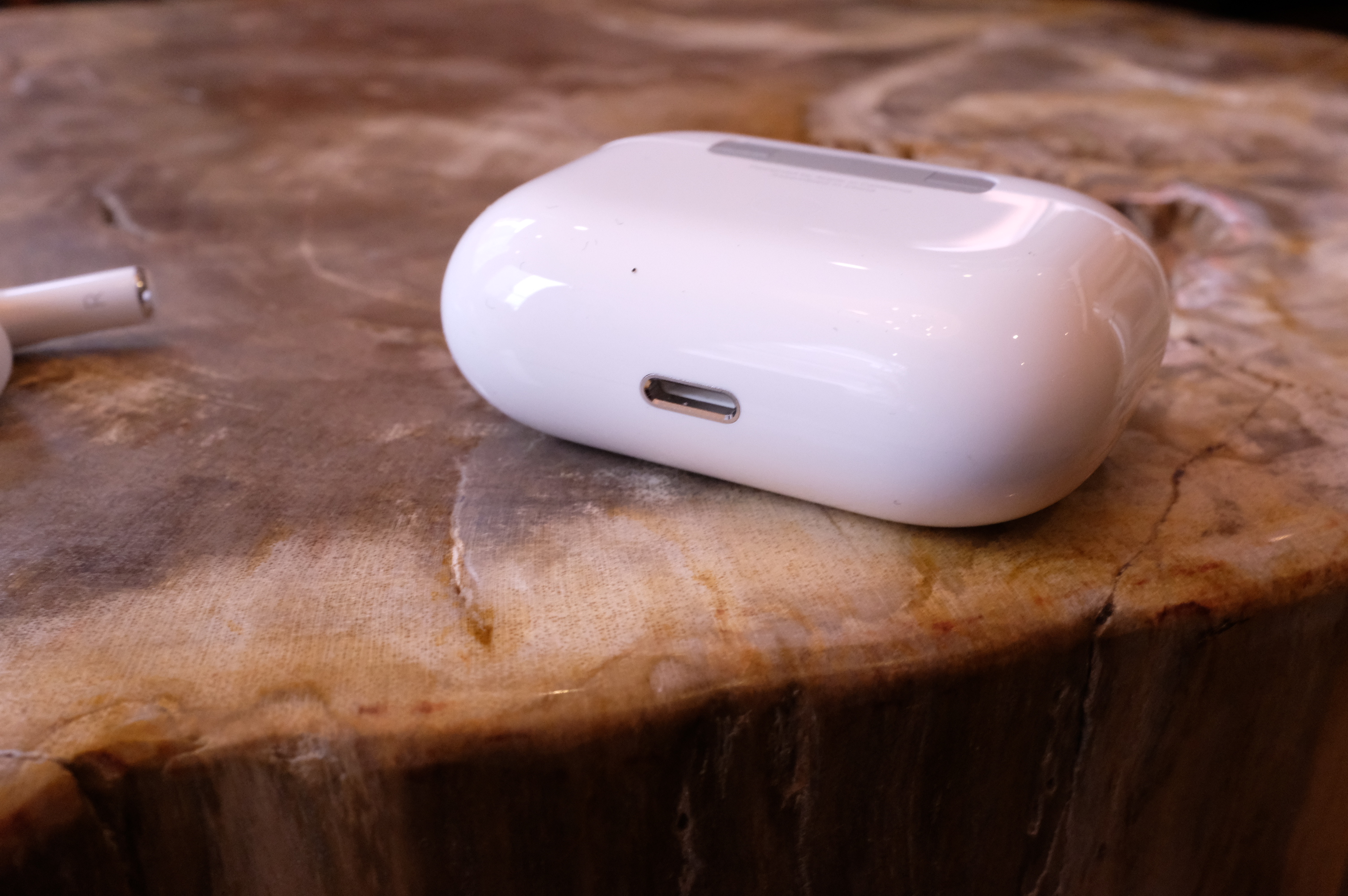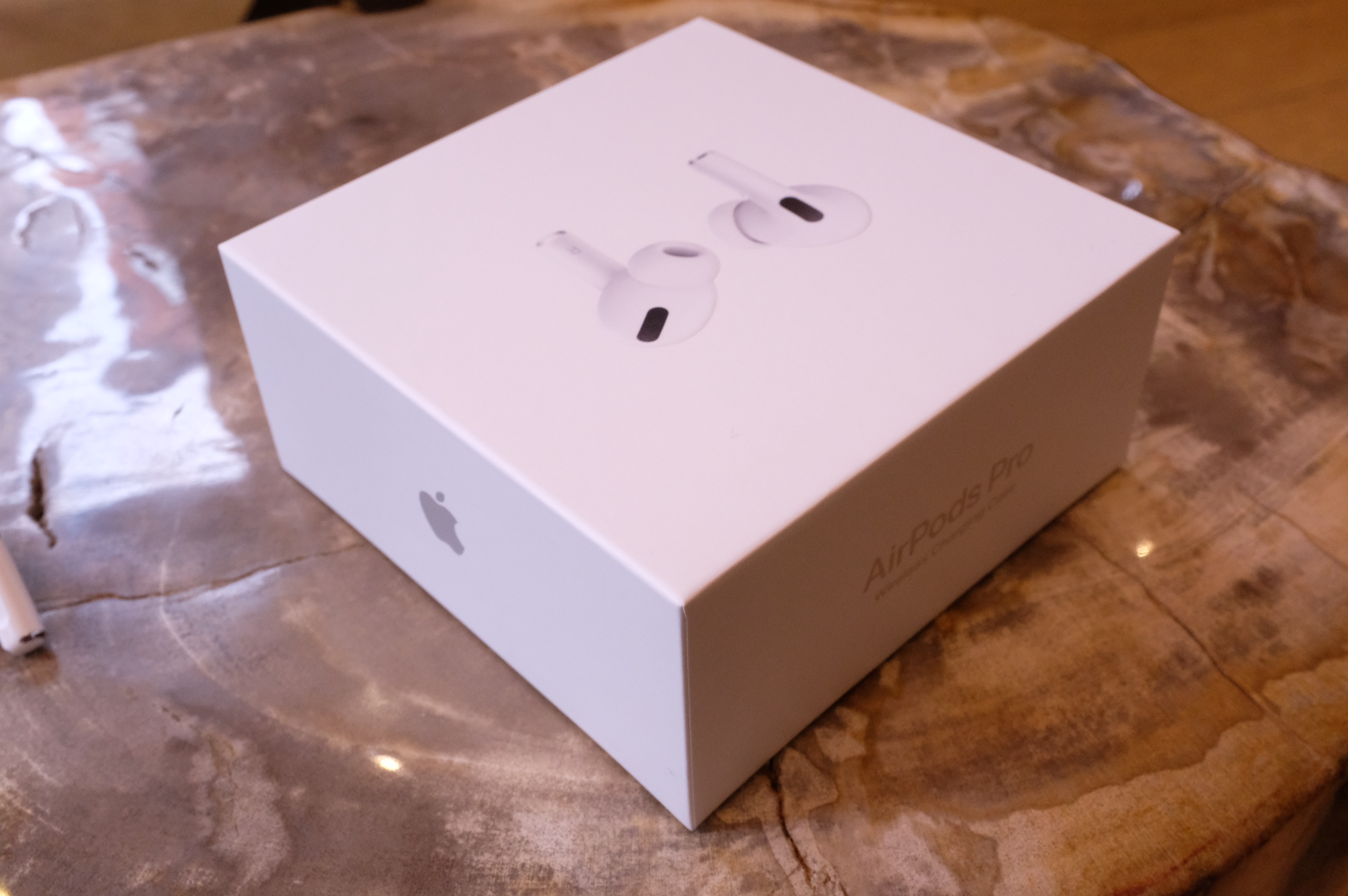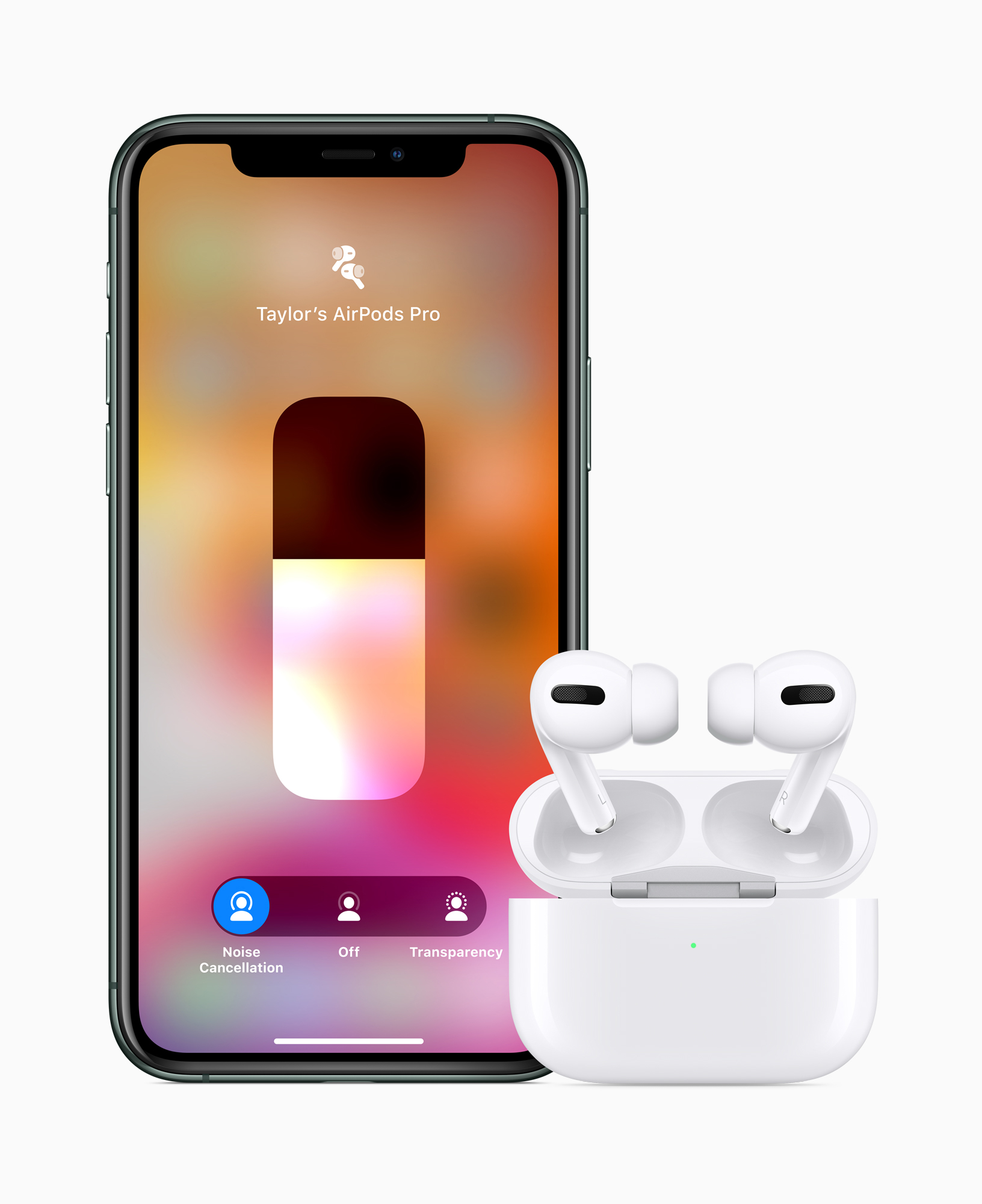An accidental sweep of the App Store removed over 20 million ratings from the most popular apps — including from well-known brands like Google, Microsoft, Starbucks, Hulu, Nike, and others — as well as from smaller developers. The issue began on October 23, 2019 and wasn’t resolved until yesterday, October 29. Apple hasn’t yet explained how such a sizable and impactful change to app ratings occurred.
This massive ratings drop was spotted by the mobile app insights platform, Appfigures.
The firm found that more than 300 apps from over 200 developers were affected by the sweep, which wiped out a total of 22 million app reviews from the App Store. On average, apps saw a 50% decrease in ratings in the affected countries, which included the U.S.
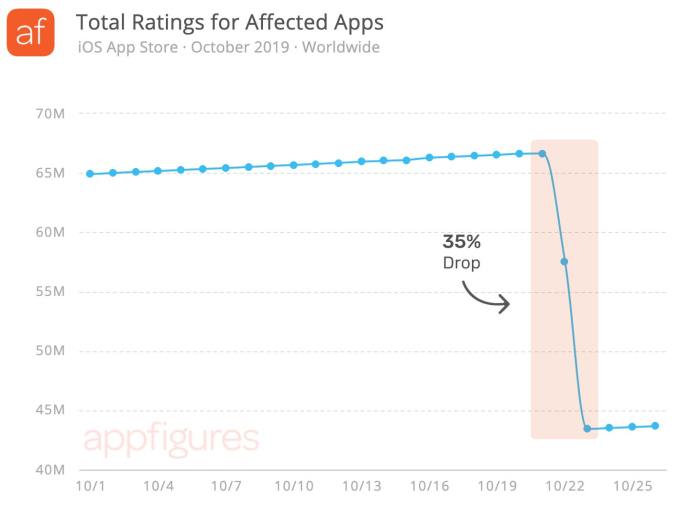
The U.S. was hit the hardest, however, as some 10 million ratings disappeared. But the sweep was global in nature, hitting all 155 countries Apple supports. China, the U.K., South Korea, Russia, and Australia, also felt a noticeable impact.
A few apps were hit harder than others. Hulu, for example, lost a whopping 95% of ratings in the U.S., while Dropbox and Chase lost 85%. Several companies affected by the bug declined to comment, but told us that the rating removals weren’t done at their request — they were just as surprised as everyone else.
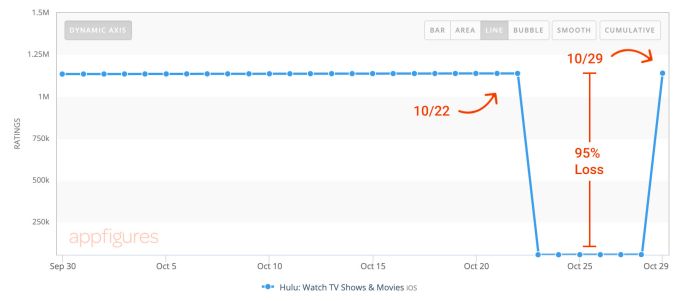
Other big apps that saw their ratings disappear in the U.S. included Chase, Walgreen, Venmo, Amazon Prime Video, Southwest, Hotels.com, Disneyland, Ibotta, ESPN, Amex, Xoom, Fandango, Skyscanner, Google Classroom, Nike SNKRS, My Disney Experience, Old Nav, and others.
Of the over 300 apps that got hit, about half (154) saw a drop of more than 100 ratings, Appfigures said.
With little information about what happened, developers speculated that Apple was possibly trying to clean up fake app ratings. This theory doesn’t seem that likely, though, because Appfigures found that both positive and negative ratings were removed. Had the sweep been focused on fake ratings, then only the positive (fake) ratings would have been removed.
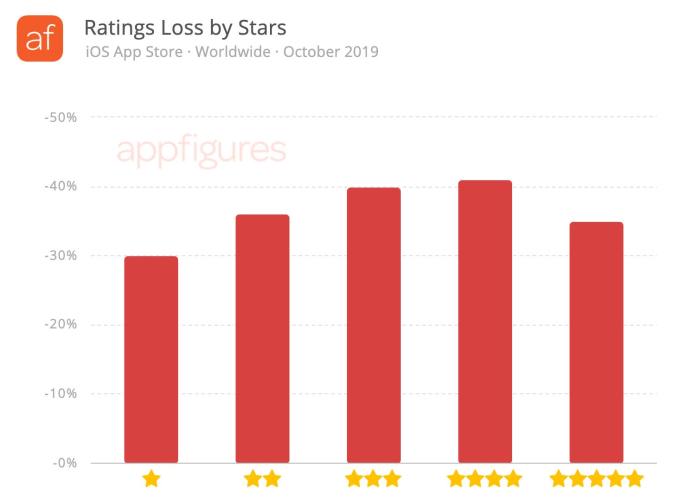
Another theory is that Apple was trying to speed up its ratings system and something just went wrong.
Unfortunately for some of the impacted developers, the bug had a profound effect on their app’s “Overall” rating. Their app may have dropped by several stars as a result of this problem. And that, in turn, could have hurt their ability to get downloads from App Store search results or Search Ads during the week.
Some of the impacted companies (and Appfigures) confirmed to TechCrunch the missing ratings were restored as of yesterday.
Oddly, this isn’t the first time app ratings disappeared nearly overnight.
A similar incident took place last year, when an App Store bug led to thousands of iOS apps losing half their ratings over a weekend. In both cases, Apple quietly resolved the bug, but never offered any statements about what happened.
We reached out to Apple on Tuesday but the company has not yet commented.
However, we hear that Apple spoke directly to some developers to explain the rating removals were done in error and it was working to fix the situation, which now appears resolved.
from Apple – TechCrunch https://ift.tt/2Wrw42v
 She noted this means student subscribers will not only be able to watch her new show on Friday, November 1st, they also can check out her new single “Afterlife” with the same subscription.
She noted this means student subscribers will not only be able to watch her new show on Friday, November 1st, they also can check out her new single “Afterlife” with the same subscription.
